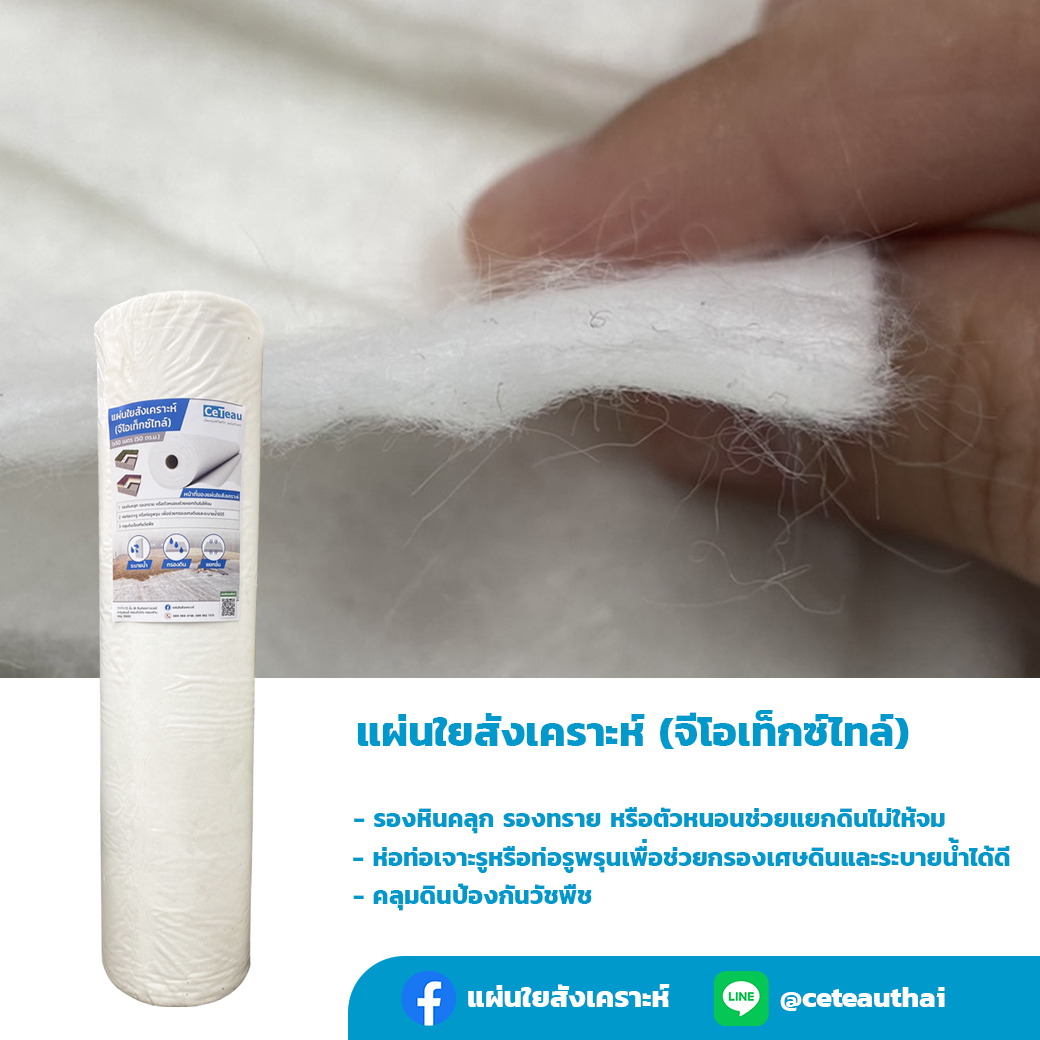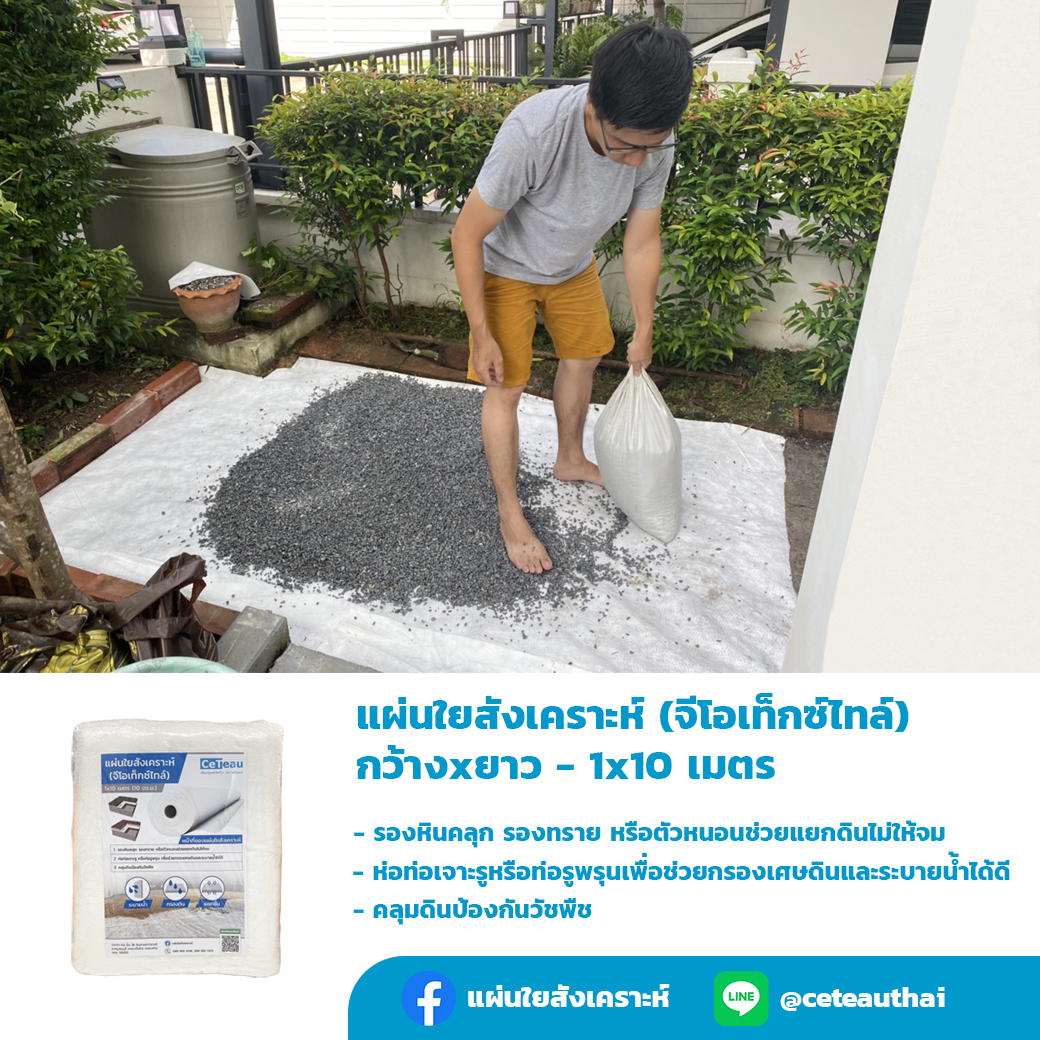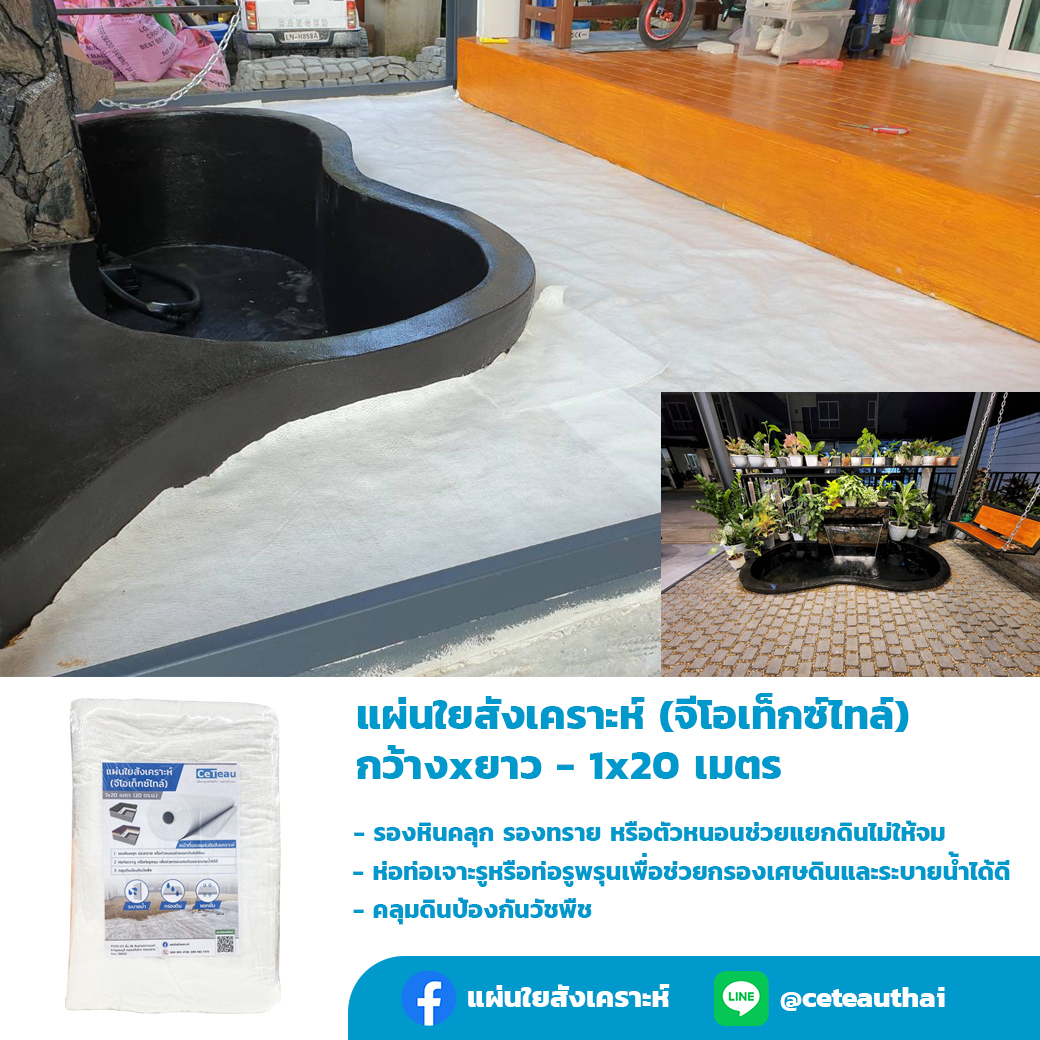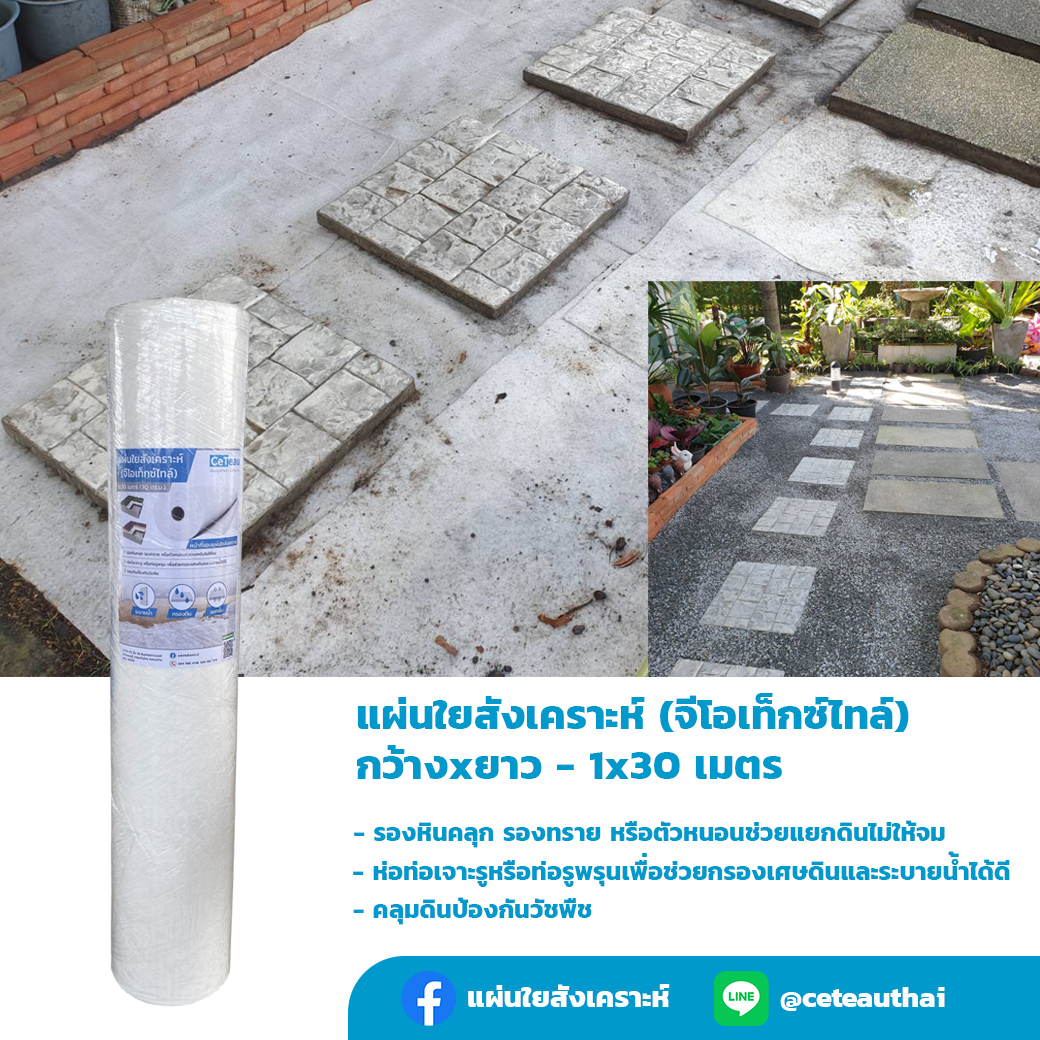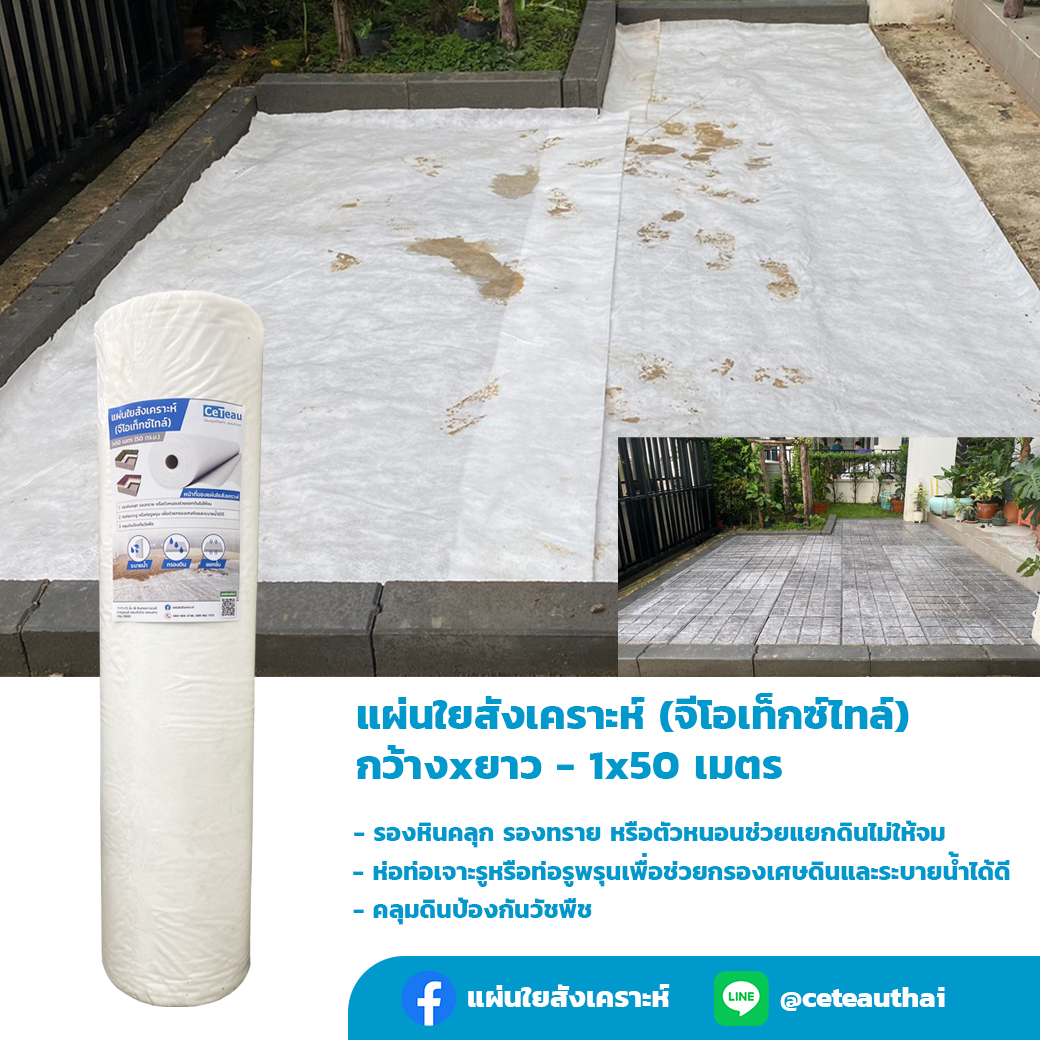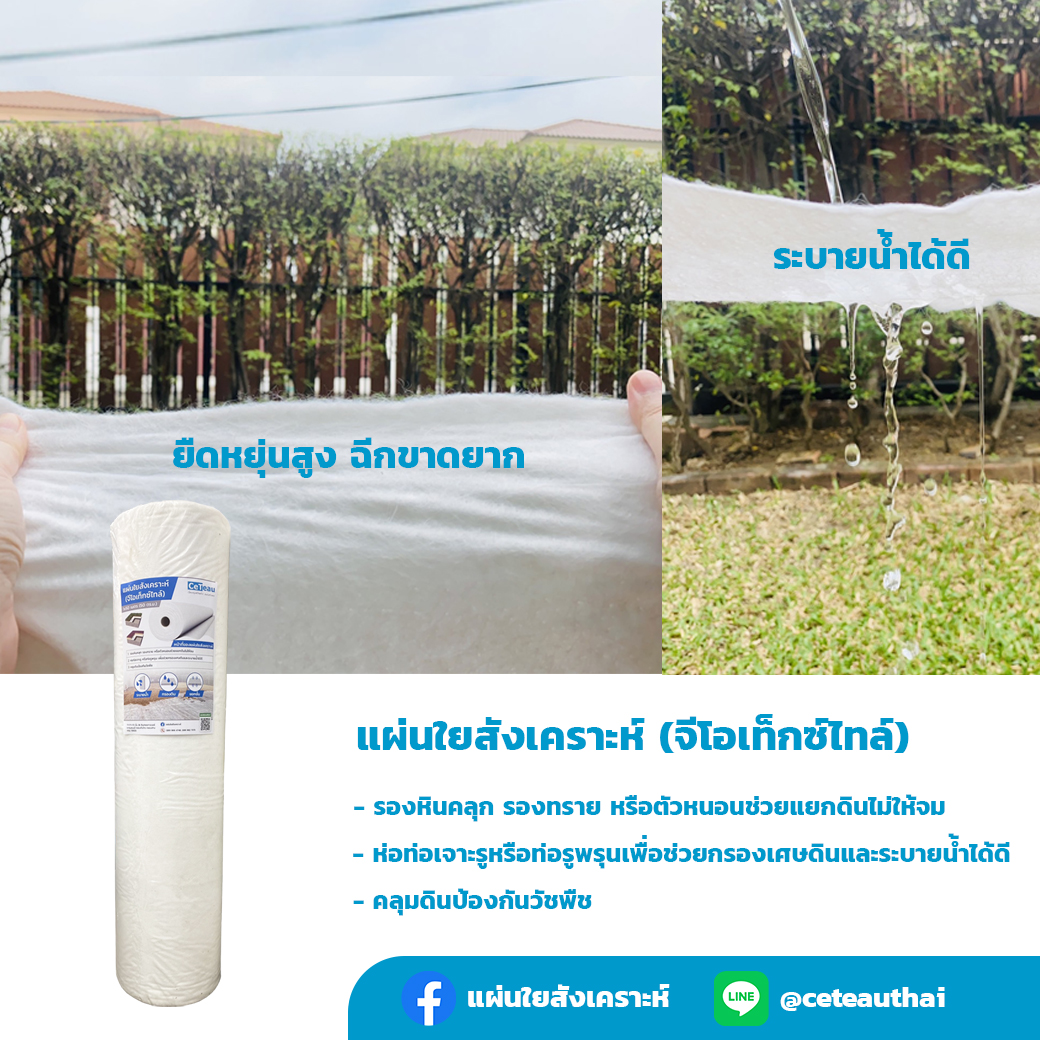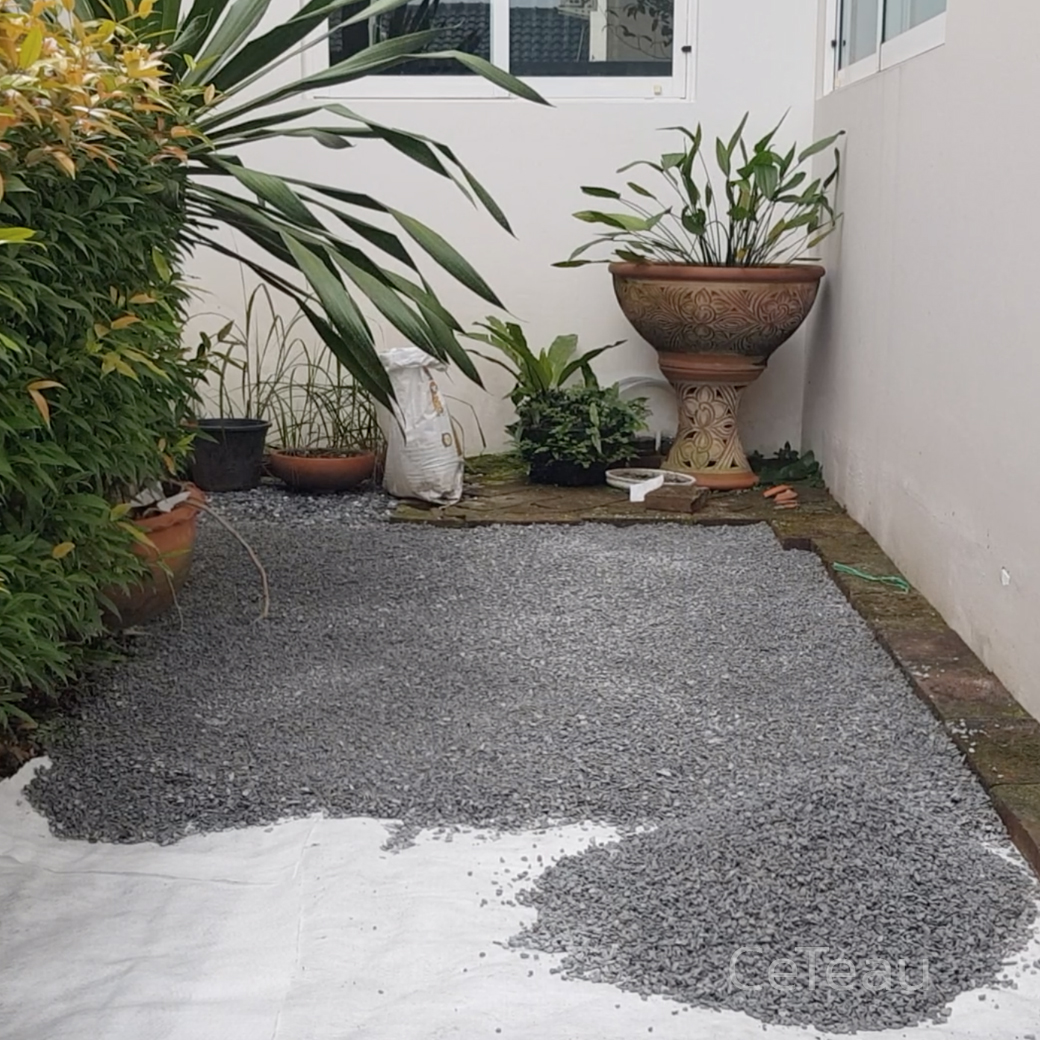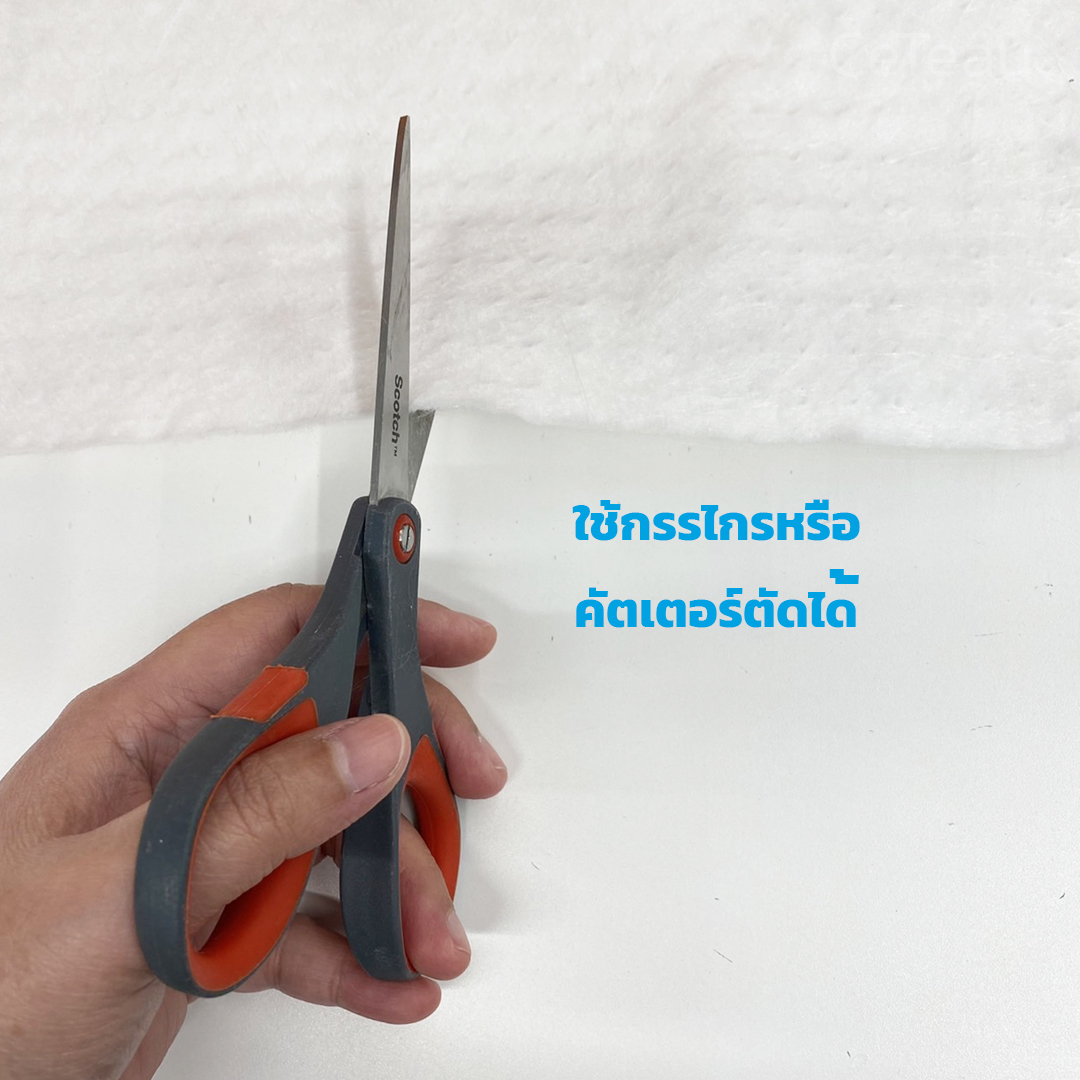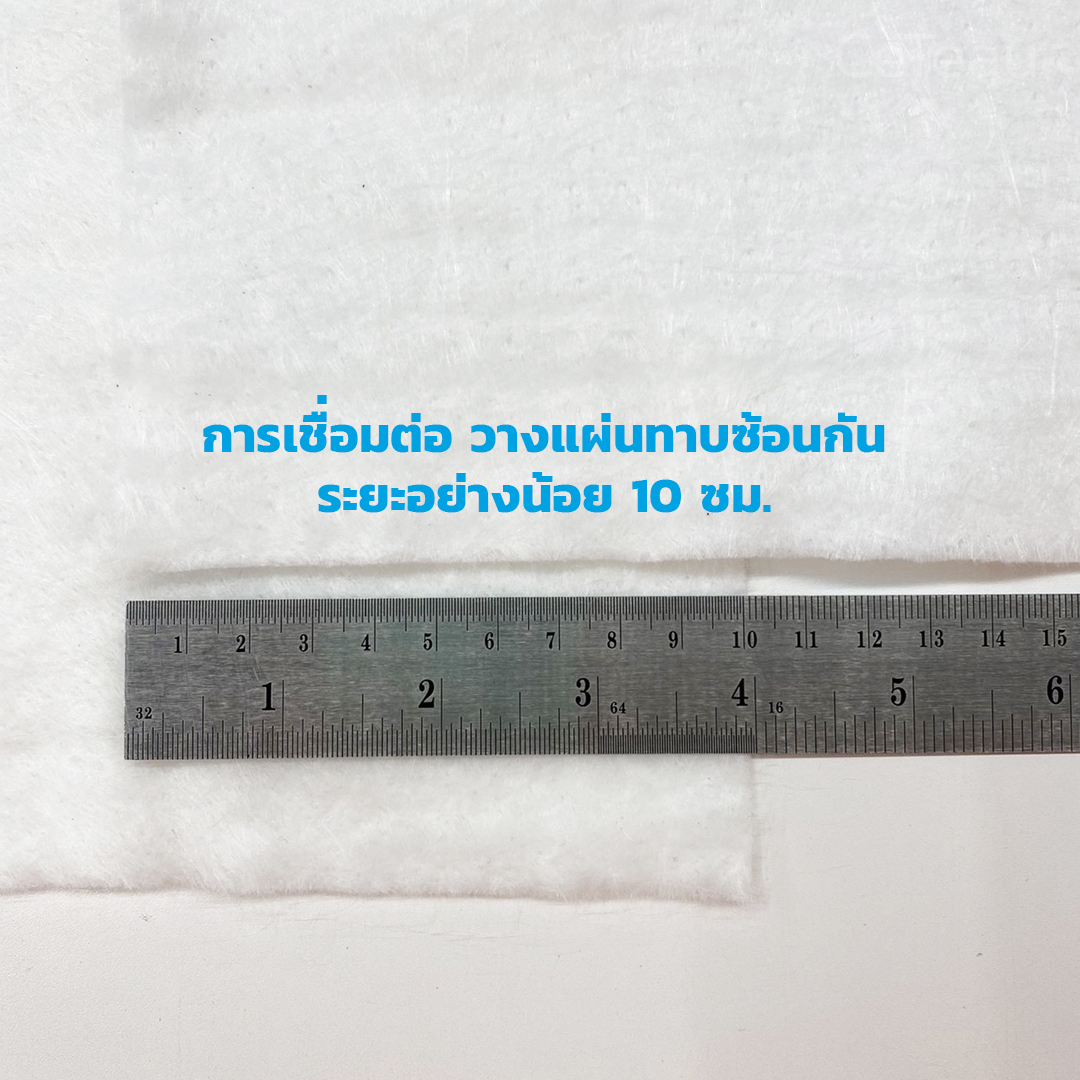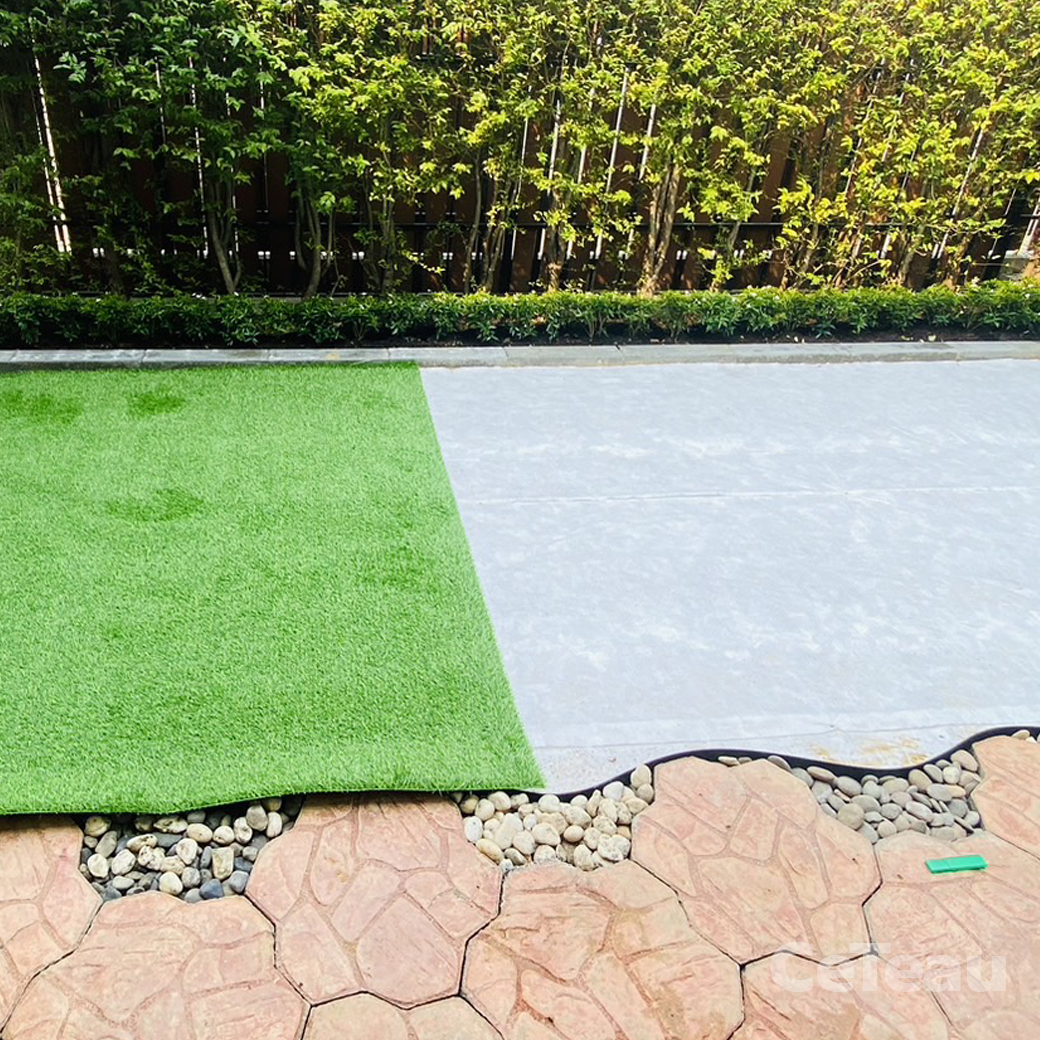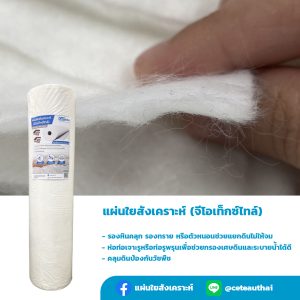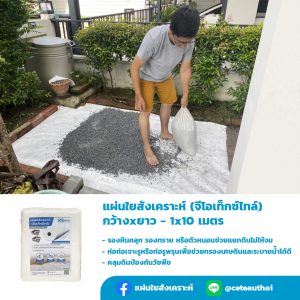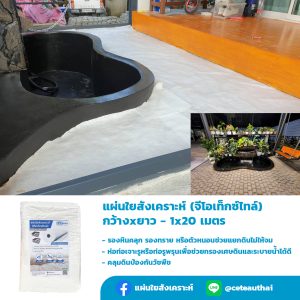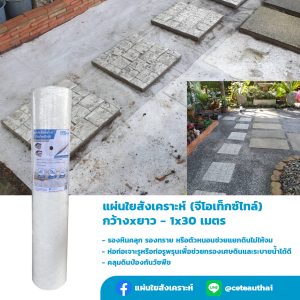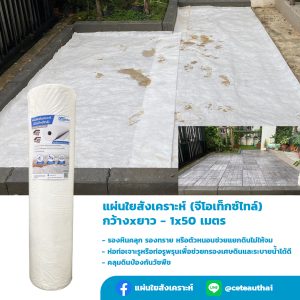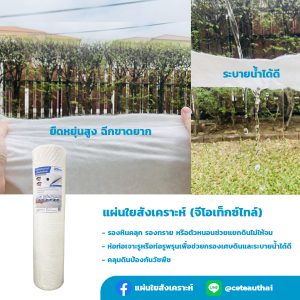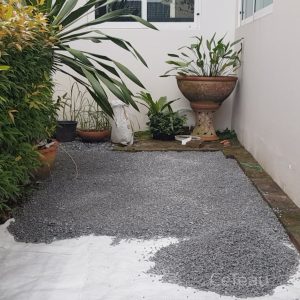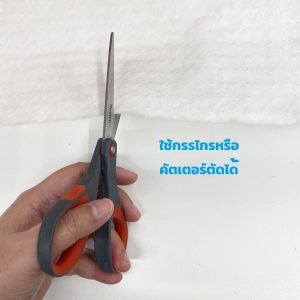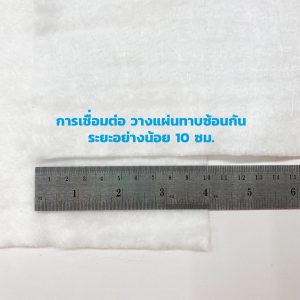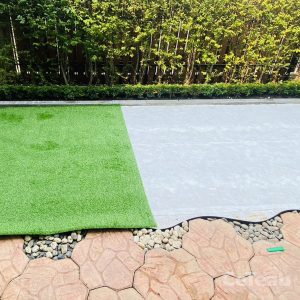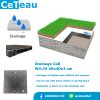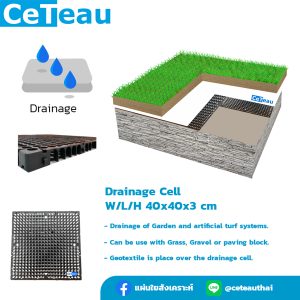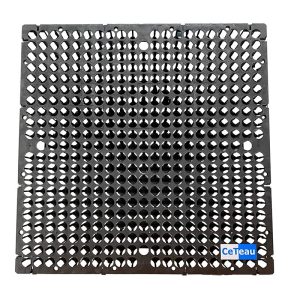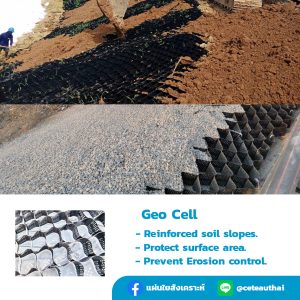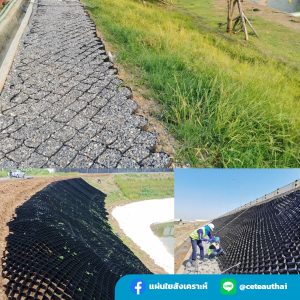*กรุณาติดต่อเจ้าหน้าที่ก่อนชำระเงิน หากเป็นการจัดส่งสินค้าในต่างประเทศ
Geotextile
400.00 ฿ – 1,700.00 ฿
Geotextile for landscaping, agriculture, civil engineering, high flexibility, difficult to tear
SKU: 11000001
Categories: Gardening Tools & Equipments, Lawn and Garden
Geotextile for landscaping, agriculture, civil engineering, high flexibility, difficult to tear
✔ Separate crush rocks, sand or paving blocks with soil.
✔ Wrapped around perforated pipe for filtration and drainage.
✔ Prevent weed from growing.
Weight 130 g./sq.m
Available size
W/L 1 x 10 m, area 10 sq.m
W/L 1 x 20 m, area 20 sq.m
W/L 1 x 30 m, area 30 sq.m
W/L 1 x 50 m, area 50 sq.m
Feature
- Separation of soil layers.
- Soil filter, sand filter.
- Strengthen the soil.
- Light weight.
- Good drainage.
Implementation
- Landscaping to increase usable space around the house geotextile. It is often used to support crushed stone, sand or bricks to prevent them from sinking into the soil.
- Lay on the drainage cell before installing the artificial grass to prevent soil or other debris into clogging the drain.
- Make drainage by using wrapped perforated pipes to help filter soil debris. Does not cause pipe clogging and also has good drainage.
- Soil cover to prevent weeds.
- Paving the path along the garden groove or between vegetable plots or agricultural fields, do not allow dirt to stick to the soles of shoes or wheels of cars.
- Road or parking lot to strengthen the soil so that it does not collapse, become potholes or waves.
How to use
- Before laying geotextiles, the area should be prepared to remove various scraps. Out of the soil such as bricks, stones.
- Lay a geotextile on the soil surface.
• If the size is larger than the working area, it can be cut with scissors or cutter.
• If the size is smaller than the work area The connection between the sheets shall be overlapping at least 10 cm. - Sprinkle crushed stone or worm bricks or lay artificial grass on the geotextile.
| Weight | N/A |
|---|

 ไทย
ไทย
